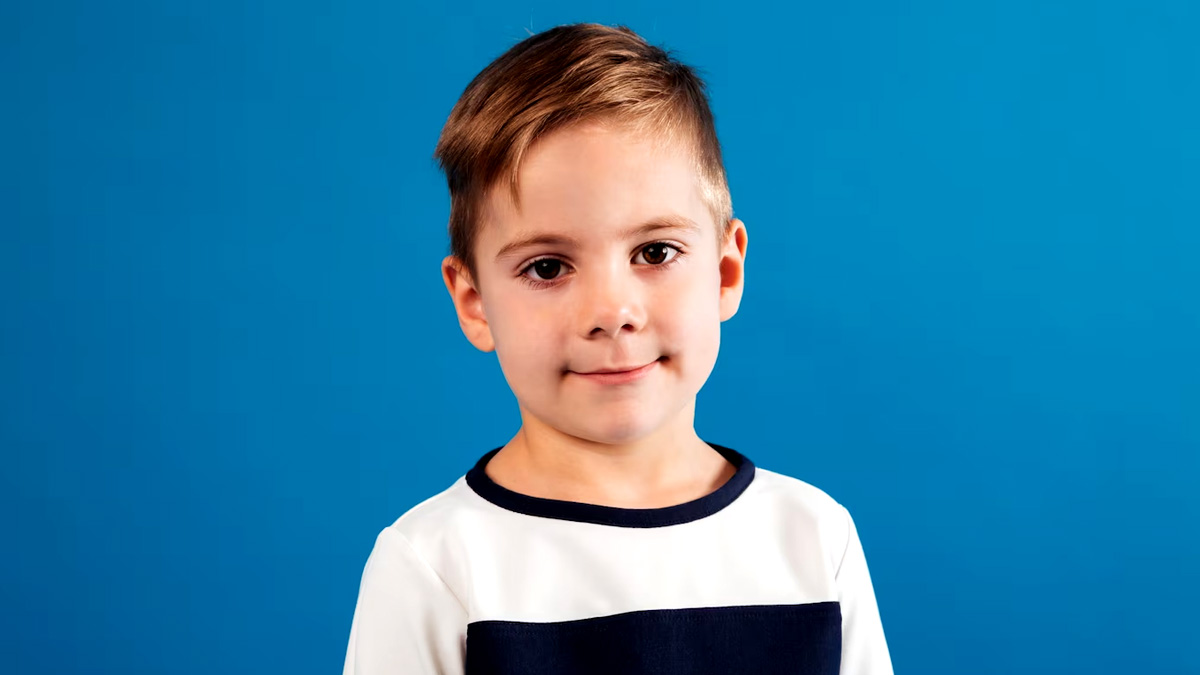
Mouth breathing, a common phenomenon among individuals of all ages, can severely impact the development of your child’s facial structures and overall face shape. When kids shift to mouth breathing, it alters how the oral and facial muscles interact, potentially affecting the natural growth of their face.
As per a study by the International Society of Preventive and Community Dentistry, all the subjects with a mouth-breathing habit exhibited lower incisors jutting outward, an inability to hold the lips together while at rest, and a convex facial structure.
How Does Mouth Breathing Affect Facial Development?
In a conversation with the team of OnlyMyHealth, Dr Shantanu Tandon, Senior ENT Surgeon, Airway and Sleep Apnea Specialist, Sakra World Hospital, Bengaluru, informed that the shape of the upper jaw forms around the shape of the tongue during a child’s formative years.
Also Read: Mouth Breathing: Happens Unknowingly But Is Hazardous to Health, Shares Dr Srikanta J T
“When the mouth is open, the tongue cannot rest in the roof of the mouth, resulting in a poorly developed, narrow, V-shaped top jaw. A smaller top jaw leads to a narrow facial structure and overcrowding of the teeth,” he added.
Relaying the physical changes that mouth breathing can have on your child’s face, Dr Tandon listed:
- Abnormally long face
- Recessed jawline and chin
- Flatter nose
- Narrower mouth
- Gummy smile
- Crowded teeth
Tips to Correct Your Child’s Mouth Breathing

Various factors can lead to mouth breathing, such as allergies, chronic nasal congestion, or habits developed during childhood. “60% of the growth of the face takes place during the first four years of life, and 90% takes place by the age of 12. Development of the lower jaw continues until around age 18. Therefore, for correct facial growth, early intervention with nasal breathing and tongue posture is essential,” advised Dr Tandon.
He listed out methods to help you correct your child’s mouth breathing:
- Voluntary nasal breathing: Encourage your child to breathe through their nose consciously. Keep reminding your child to keep their mouth closed whenever you notice them breathing through the mouth. Breathing exercises and mouth taping can also help your child switch to nasal breathing.
- Clear nose blockage: Consult a paediatrician or a general physician immediately after your child catches a cold so your child doesn't develop a habit of mouth breathing due to a prolonged blocked nose. In severe cases of nasal obstruction, such as in cases of polyps caused by infection or a deviated nose bridge, surgery could also be prescribed.
- Teach your child to sleep right: Sleeping on their side can also help them overcome mouth breathing when asleep. Supportive pillows, specialised backpacks, body position sensors with alarms, or tennis balls attached to the back can help your child sleep upright or on their side.
- Nasal Strips: Nasal strips are another option for those who need help breathing through their nose at night. Nasal strips are adhesive strips that stick to the bridge of the nose and use springs to pull the nostrils upward to facilitate nasal breathing.
- Myofunctional therapy: Myofunctional therapy is an exercise training program for the muscles around the face, mouth, and tongue. Myofunctional therapy: Myofunctional therapy is an exercise training program for the muscles around the face, mouth, and tongue. This physical therapy includes exercises like tongue touches, teeth touch, blowing up balloons, and sucking yoghurt through a narrow straw.
- Orthodontic Treatment: One reason for poor mouth breathing could be misaligned or protruding teeth which prevent the mouth from closing properly. Orthodontic treatments like braces can also assist your child in switching to nasal breathing.

Switching to Nasal Breathing
Dr Tandon suggested that learning correct breathing and swallowing before the age of eight often corrects facial development without needing any medical treatment. Parents need to understand the potential consequences of mouth breathing to seek early intervention for their children and help them adopt healthy breathing habits. Addressing mouth breathing concerns contributes to not only improving facial development but also enhancing overall health and well-being.







